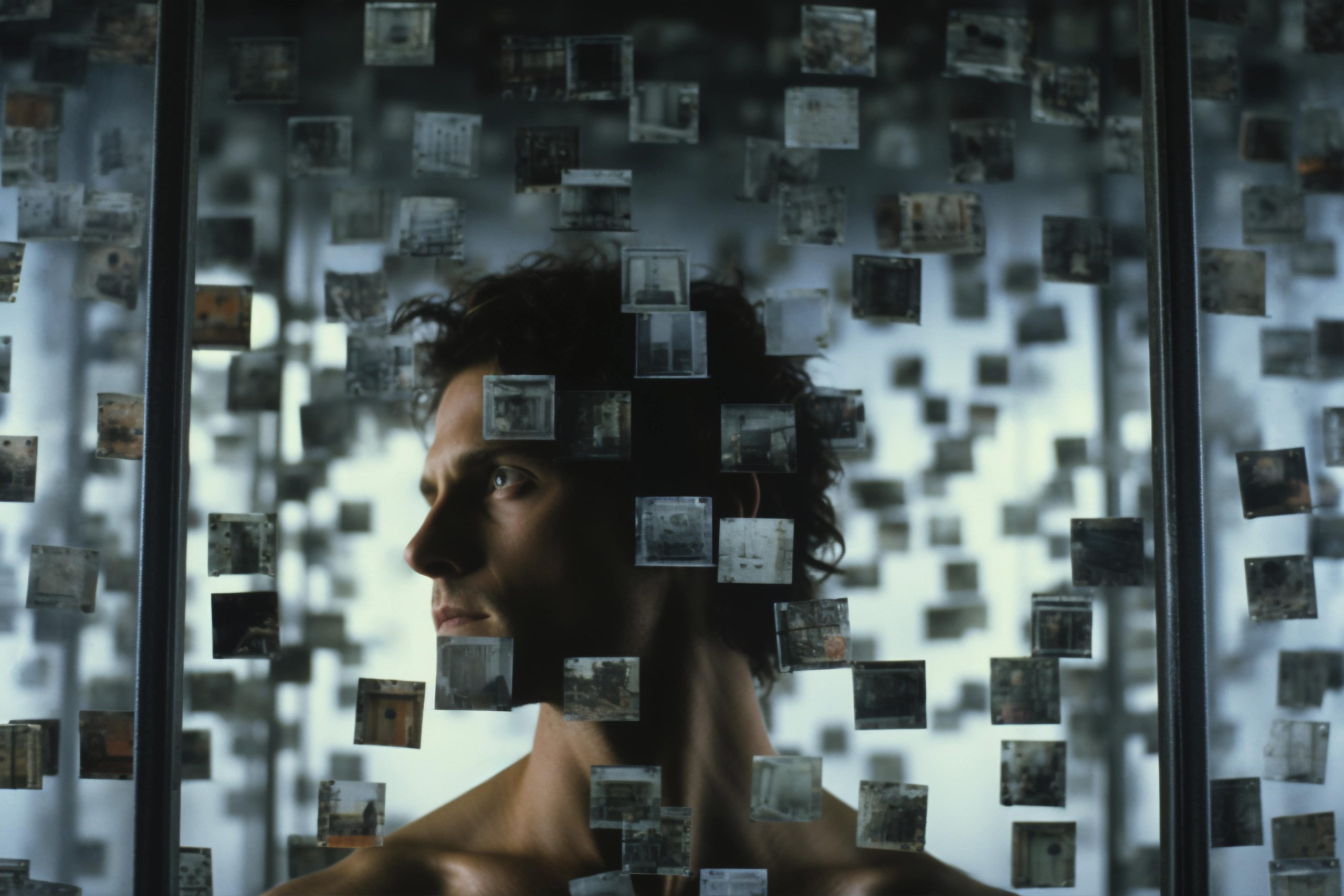
As technology continues to transform, an intriguing field called Perception Engineering is rising to the top. This cutting-edge field studies how technology shapes and affects our perceptions. Perception Engineering is essential in many modern technologies, such as social media algorithms and augmented reality, since it shapes how people see the world.
The Function of Technology in Viewing:
The influence of technology on people's views has always been substantial. The way humans see and understand information has changed with each technological advancement, from the printing press to television. This idea has reached new heights in the modern day, thanks to the digital revolution. With the rise of ubiquitous cellphones, social media, and virtual reality, we have entered a new age when information is intentionally manipulated to influence how people see things.
The Role of Algorithms in Social Media:
Social media is a powerful element in the Perception Engineering toolbox. Social media sites that cater to users' specific interests use sophisticated algorithms to choose posts to share with them. This personalization improves the user experience, but it also makes people more likely to be exposed to content that confirms their preexisting views, which is known as an echo chamber. This biased exposure might make people more biased and further divide society.
Furthermore, social media's addictive nature, driven by algorithms that aim to increase user interaction, may lead to skewed impressions of reality. Isolation from other viewpoints and the development of confirmation bias are two potential outcomes of the continual flow of carefully selected content: information bubbles.
Virtual Worlds with Augmented Reality:
Now that AR and VR have arrived, Perception Engineering has a whole new level to explore. In contrast to virtual reality (VR), augmented reality (AR) superimposes digital data over the physical world. These innovations may cause a paradigm shift in how humans see and engage with their environments.
For example, augmented reality apps may change how people see and move about in the actual world by giving them real-time data about their surroundings. But virtual reality may take people to imaginary worlds and influence their feelings while they're there. Both technologies have great potential in a wide range of industries, including those dealing with education, rehabilitation, and entertainment.
Moral Issues to Think About:
Anxieties about manipulating people's perceptions grow in tandem with the sophistication of Perception Engineering. Conscience, privacy, and the possibility of abuse are concerns that arise when information is purposefully engineered to influence certain feelings or perspectives.
To make sure that Perception Engineering technologies are used responsibly, it is crucial to set up ethical rules and laws. Efforts to reduce ethical issues should prioritize algorithmic transparency, user agency over tailored content, and education campaigns on the influence of technology on perception.
In Summary:
The exciting new field of Perception Engineering lies at the crossroads of human cognition and technological advancement. These innovations, which range from algorithms used in social media to fully immersive virtual experiences, have the potential to influence people's worldviews. The area must be approached with ethical issues in mind, despite the tremendous potential advantages. Finding a middle ground between being innovative and being ethically responsible is crucial as we explore the ever-changing world of Perception Engineering. Only then can we fully realize its promise to improve society.
Interested Articles:
Integrating Invisible Computing Seamlessly into our Surroundings
